Eastern Teaberry
- October 11, 2023
- 0 comment
Eastern teaberry, scientifically known as Gaultheria procumbens, is a charming and aromatic evergreen plant native to the woodlands of North America. Also called the wintergreen, it belongs to the Ericaceae family and is a beloved member of the region’s flora. The plant is celebrated for its petite, glossy leaves, white or pale pink bell-shaped flowers, and striking scarlet berries that develop in late summer.

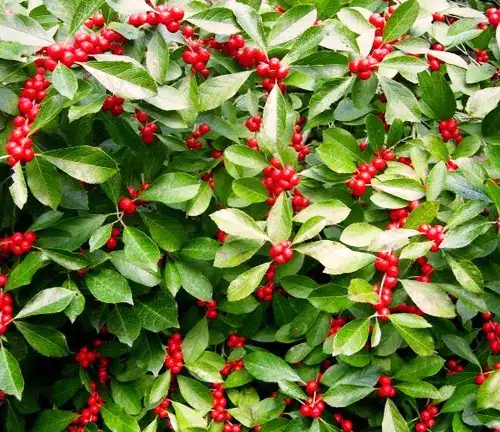
Eastern teaberry is particularly cherished for its delightful, minty flavor and fragrance, which have earned it a place in traditional herbal medicine and culinary applications. Historically, indigenous peoples used its leaves to brew a soothing tea, hence its common name. Beyond its delightful taste and aroma, Eastern teaberry is known for its rich content of methyl salicylate, a compound similar to aspirin, making it a natural source of pain relief.
It thrives in acidic, well-drained soil and is often found carpeting the forest floor, adding a touch of greenery and a burst of color to the understory of eastern woodlands. Whether appreciated for its medicinal properties, culinary uses, or its sheer beauty in the wild, Eastern teaberry remains a cherished plant that connects people to the natural world.
| Characteristic | Description |
| Scientific Name | Gaultheria procumbens |
| Common Name | Eastern Teaberry |
| Family | Ericaceae |
| Habitat | North American woodlands |
| Plant Type | Evergreen |
| Leaves | Small, glossy, elliptical |
| Flowers | White or pale pink, bell-shaped |
| Fruit | Scarlet berries |
| Flowering Season | Late spring to early summer |
| Mature Height | 6-8 inches (15-20 cm) |
| Medicinal Compound | Methyl salicylate (similar to aspirin) |
| Preferred Soil | Acidic, well-drained |
| Growth Habit | Low-growing, ground cover |
| Culinary Uses | Flavoring in teas, candies, and desserts |
| Aroma | Minty, wintergreen fragrance |
| Ecological Role | Understory plant in eastern woodlands |
| Native Range | North America |
| Traditional Uses | Herbal medicine, tea-making |
| Unique Feature | Evergreen foliage, even in winter |
Botanical Beauty of “Eastern Teaberry”
Nestled in the heart of North American woodlands, the Eastern Teaberry (Gaultheria procumbens) is a botanical gem that graces the forest floor with its enduring charm. Known by many as wintergreen, this evergreen plant is a sight to behold. Its botanical beauty is a testament to nature’s artistry, from its small, glossy leaves to the dainty white or pale pink flowers that herald its presence. As if nature had dipped its paintbrush in scarlet, the Eastern Teaberry’s striking red berries add a vivid splash of color to the forest. Let’s delve into the botanical wonder that is Eastern Teaberry.

Woodland Elegance
Eastern Teaberry exudes an understated elegance that is characteristic of many woodland plants. Its low-growing nature, reaching a modest height of 6-8 inches, allows it to thrive in the forest’s shady and moist environment. With its evergreen foliage, it stands out as a symbol of resilience during the harsh winter months, retaining its vibrant greenery when other plants have long shed their leaves. Its presence adds a touch of green and a hint of color to the otherwise dark forest floor, enhancing the aesthetics of the woodland ecosystem.
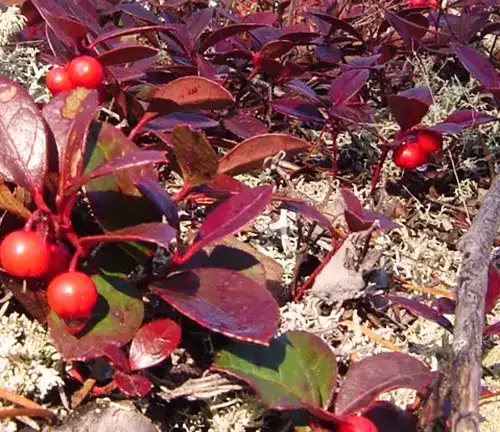
Ecological Importance
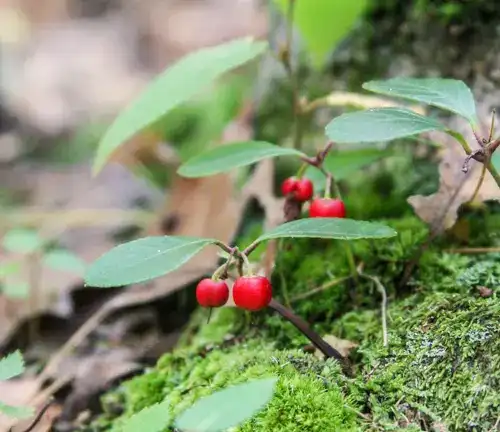
Beyond its aesthetic appeal, Eastern Teaberry plays a vital role in the forest ecosystem. It serves as an essential food source for various wildlife, from birds to small mammals, who eagerly indulge in its scarlet berries. In turn, these animals aid in seed dispersal, contributing to the plant’s distribution. Moreover, its dense mat-like growth helps protect the soil from erosion, making it an unsung hero in maintaining the stability and health of woodland environments.
Cultivation and Conservation
Cultivating Eastern Teaberry is possible, as it adapts well to acidic, well-drained soils. However, conservation efforts are crucial, as it is essential to preserve the plant in its native woodland habitat. Overharvesting and habitat destruction are some of the primary threats to its populations. As we appreciate the allure of Eastern Teaberry, it becomes equally important to promote responsible harvesting and ensure its survival in the wild.
Fragrance
One of the most enchanting features of Eastern Teaberry is its fragrance. A gentle, minty aroma wafts through the air, captivating those who chance upon it. This fragrance is not only a delight to the senses but also an essential characteristic that has led to its use in teas, candies, and desserts.
Soil Stabilization
Eastern Teaberry is not just a pretty face in the forest; it’s also an ecological cornerstone. Its mat-forming growth habit plays a crucial role in soil stabilization, preventing erosion and maintaining the integrity of the woodland soil. In this way, it contributes to the overall health and sustainability of its woodland home.
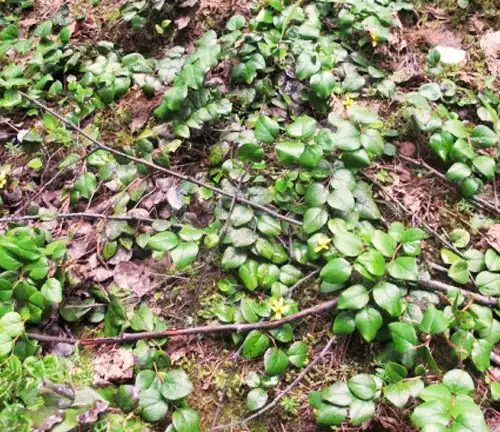
Common Uses

Throughout history, indigenous peoples have recognized the potential of Eastern Teaberry for culinary and medicinal purposes. Its leaves have been used to brew a soothing tea, leading to its common name, “Teaberry.” The berries, with their refreshing, minty taste, have been incorporated into various dishes, candies, and even as flavoring in beverages. This plant serves as a reminder of the vital connection between nature and culture, offering not just sustenance but also an insight into traditional knowledge.
Benefits
The benefits of Eastern Teaberry extend beyond its culinary and aromatic uses. The plant contains methyl salicylate, a compound akin to aspirin, making it a natural source of pain relief. This quality has led to its use in herbal medicine for alleviating aches and pains. Its role as a flavoring agent in teas and confectionery underscores its place in traditional and modern culinary arts.
In conclusion, the Eastern Teaberry is a true testament to the botanical beauty that can be found in the heart of woodlands. Its ecological importance, adaptability, and cultural significance make it a plant worth cherishing and conserving. As we walk through the forest, let us remember to take a moment to appreciate the enchanting elegance and myriad benefits of the Eastern Teaberry, a beloved member of the woodland community.
Different Species
Western Teaberry
Gaultheria ovatifolia)
This species is found on the west coast of North America, particularly in regions like Alaska and the Pacific Northwest. It shares some similarities with Eastern Teaberry but is adapted to different environmental conditions.
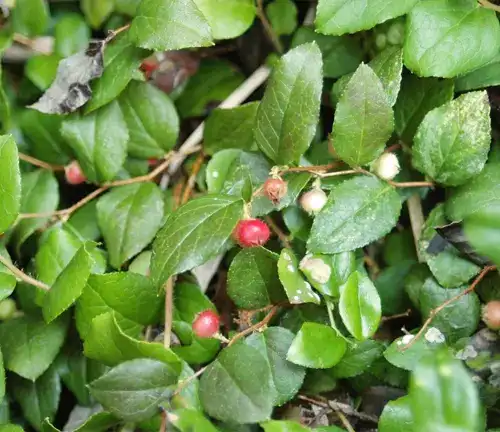
Alpine Wintergreen
(Gaultheria humifusa)
This species is native to alpine and subalpine regions, often found in mountainous areas. It has a more compact growth habit and is adapted to harsher, high-altitude environments.

Salal
(Gaultheria shallon)
While not commonly referred to as teaberry, the salal is another Gaultheria species that produces edible berries. It’s found in the Pacific Northwest and is used by indigenous peoples and foragers for its berries, which have a tart, somewhat astringent flavor.

Appalachian Teaberry
(Gaultheria appalachiana)
This species is found in the Appalachian Mountains and was discovered more recently, in 2012. It is closely related to Eastern Teaberry and shares many characteristics.
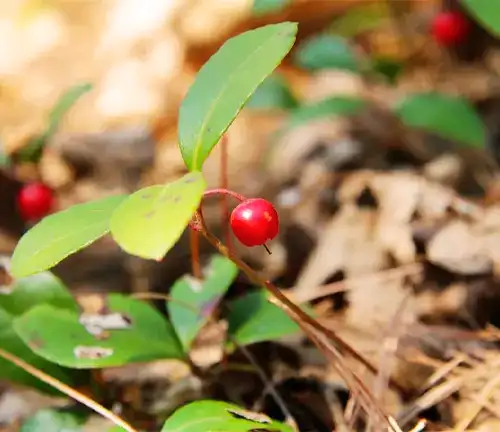
Frequently Asked Questions (FAQs)
- What is Eastern Teaberry?
Eastern Teaberry (Gaultheria procumbens), also known as wintergreen, is a small, evergreen plant native to North American woodlands. - Where is Eastern Teaberry found?
It is commonly found in the eastern United States and Canada, particularly in woodland areas. - What are the medicinal uses of Eastern Teaberry?
Eastern Teaberry contains methyl salicylate, a compound similar to aspirin, making it a natural remedy for pain relief and aches. - How do you identify Eastern Teaberry in the wild?
Look for small, glossy leaves, white or pale pink bell-shaped flowers, red berries, and its low, creeping growth habit. - Is Eastern Teaberry edible?
Yes, the red berries of Eastern Teaberry are edible and have a pleasant, minty flavor. - What is the significance of its minty fragrance?
The plant emits a delightful minty aroma, which is one of its distinguishing features and contributes to its culinary and medicinal uses. - How do you cultivate Eastern Teaberry in a garden?
Eastern Teaberry can be cultivated in acidic, well-drained soil with some shade, replicating its natural woodland habitat. - What are the conservation challenges for Eastern Teaberry?
Conservation challenges include habitat loss and overharvesting, which can threaten local populations. - Can you use Eastern Teaberry as ground cover in landscaping?
Yes, it can be used as an attractive and aromatic ground cover in woodland gardens, provided the right growing conditions are met. - Are there any related species to Eastern Teaberry?
Yes, there are related species within the Gaultheria genus, found in different regions of North America. - What animals eat Eastern Teaberry?
Various wildlife, including birds and small mammals, eat Eastern Teaberry’s berries, aiding in seed dispersal. - How do you make tea or extract flavors from Eastern Teaberry?
Leaves and berries can be used to make tea, candies, desserts, and extracts to infuse dishes with its minty flavor.


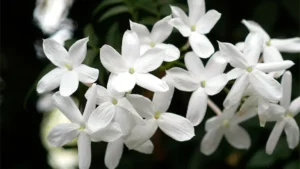
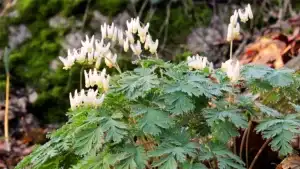
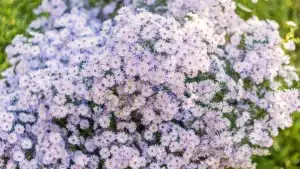
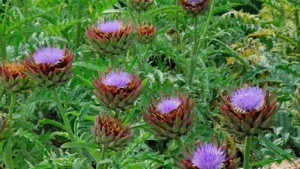
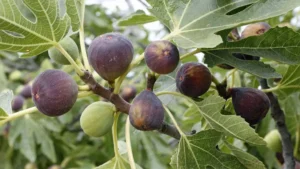

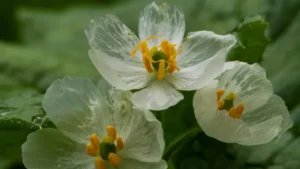



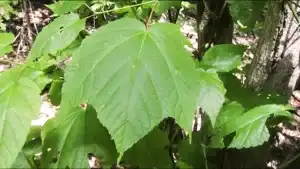
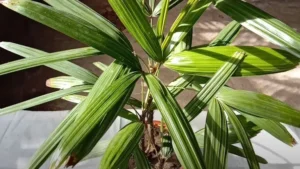
Leave your comment